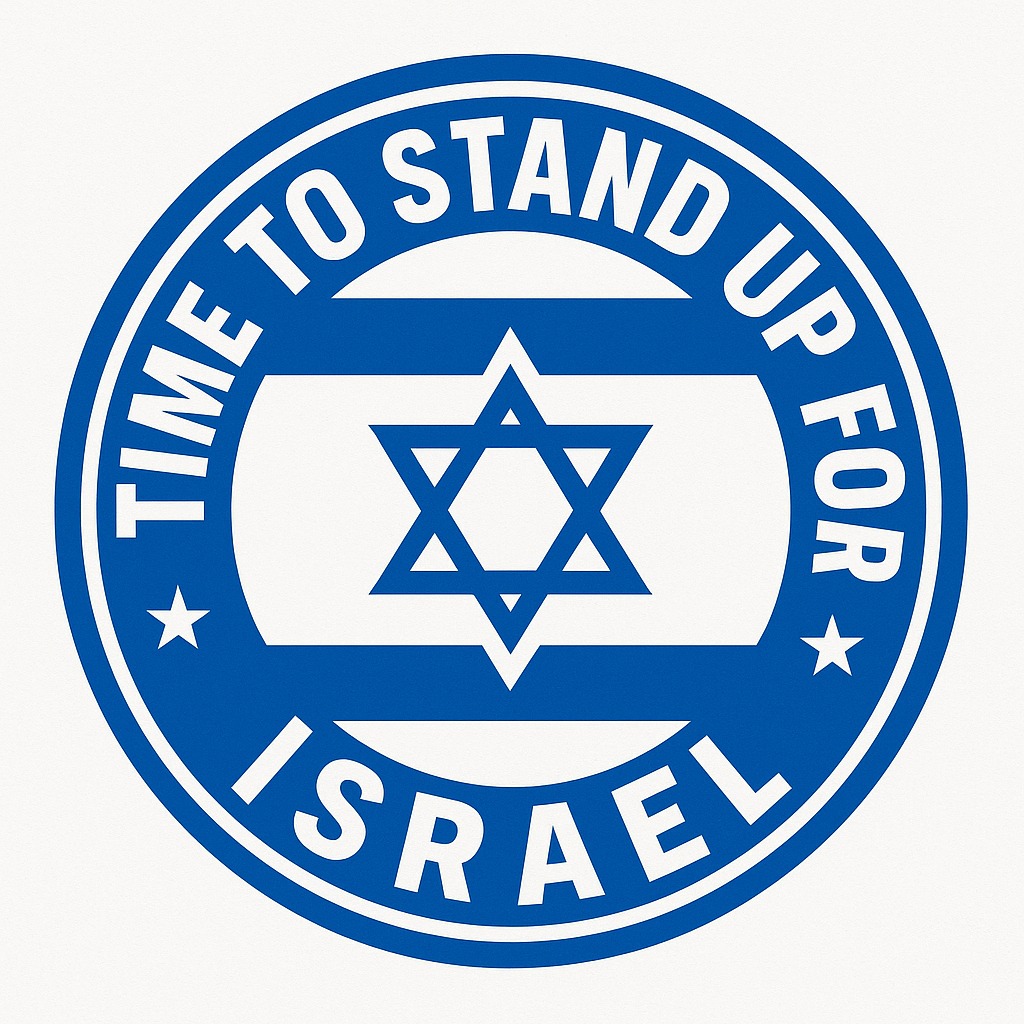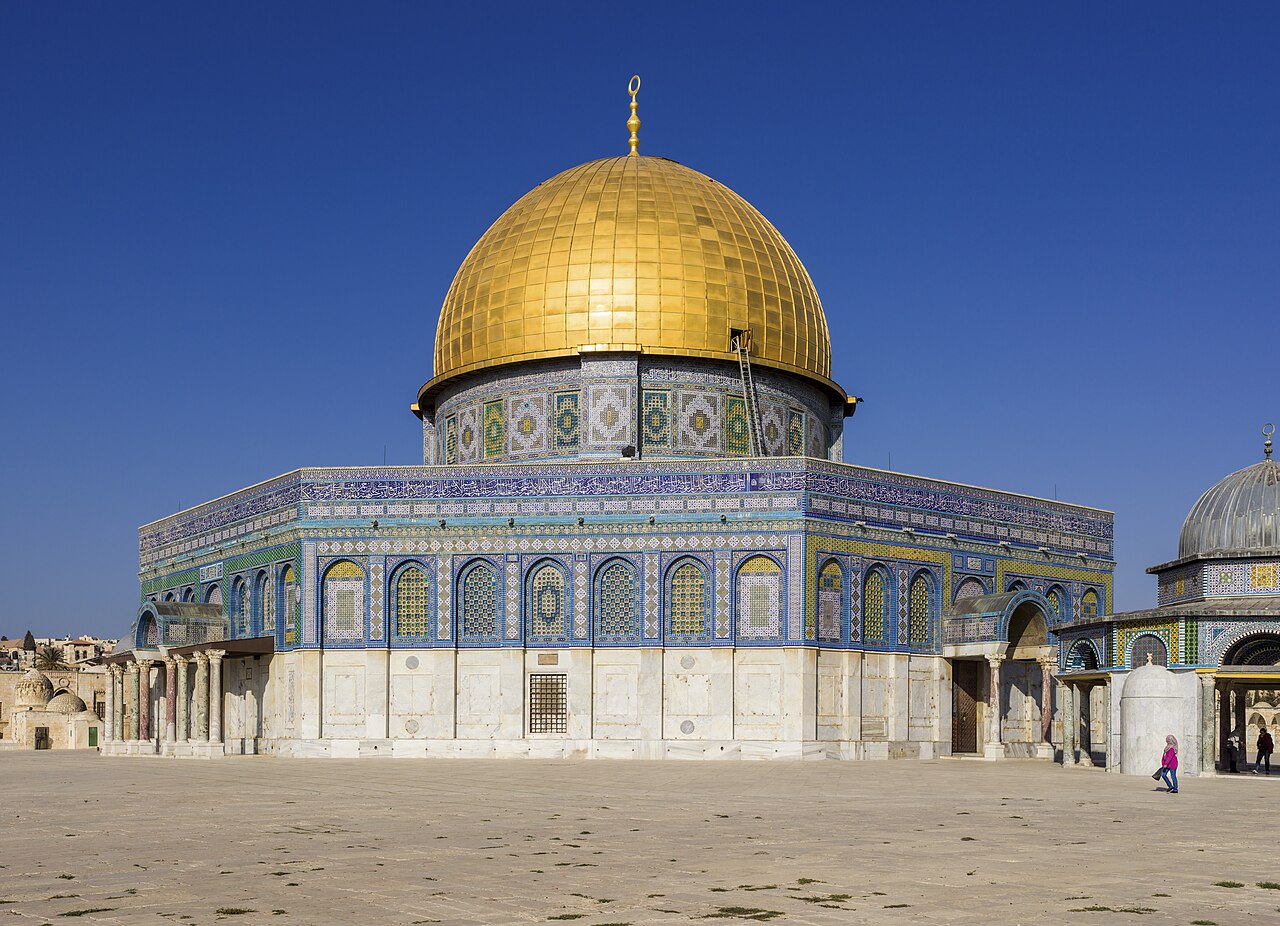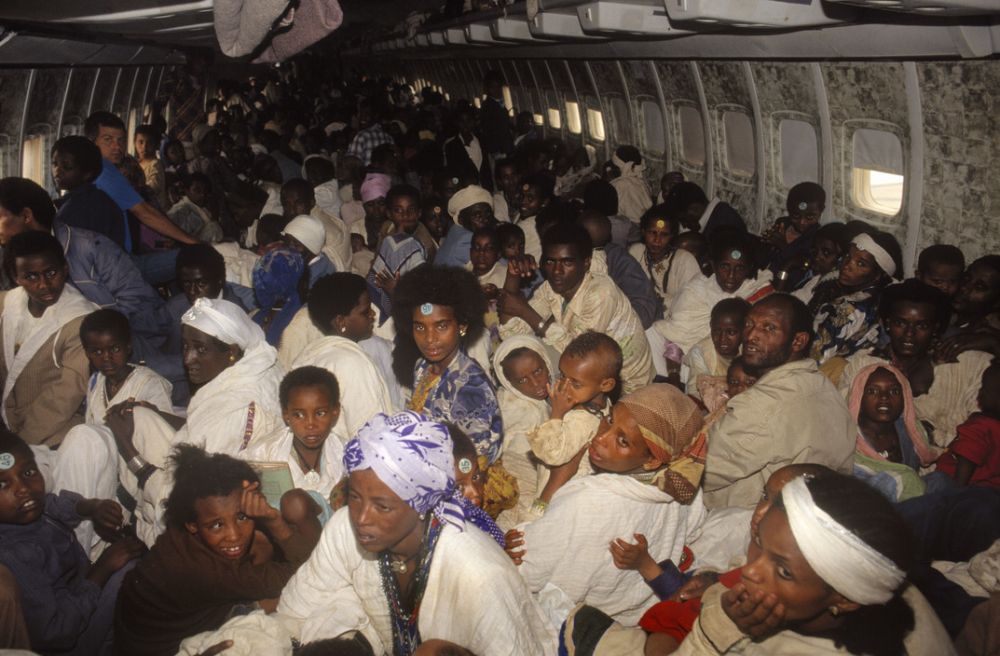
The Six-Day War
The Six Day War, how it started, what were the consequenses.
The Six-Day
War came on the heels of several decades of political tension and military
conflict between Israel and the Arab states.
In 1948,
following disputes surrounding the founding of Israel, a coalition of Arab
nations had launched a failed invasion of the nascent Jewish state as part of
the First Arab-Israeli War.
A second
major conflict known as the Suez Crisis erupted in 1956, when Israel, the
United Kingdom and France staged a controversial attack on Egypt in response to
Egyptian President Gamal Abdel Nasser’s nationalization of the Suez Canal.
An era of
relative calm prevailed in the Middle East during the late 1950s and early
1960s, but the political situation continued to rest on a knife edge. Arab
leaders were aggrieved by their military losses and the hundreds of thousands
of Palestinian refugees created by Israel’s victory in the 1948 war.
Many
Israelis, meanwhile, continued to believe they faced an existential threat from
Egypt and other Arab nations.
Origins
of the Six-Day War
A series of
border disputes were the major spark for the Six-Day War. By the mid-1960s,
Syrian-backed Palestinian guerillas had begun staging attacks across the
Israeli border, provoking reprisal raids from the Israel Defense Forces.
In April
1967, the skirmishes worsened after Israel and Syria fought a ferocious air and artillery
engagement in which six Syrian fighter jets were destroyed.
In the wake
of the April air battle, the Soviet Union provided Egypt with
intelligence that Israel was moving troops to its northern border with Syria in
preparation for a full-scale invasion. The information was inaccurate, but it
nevertheless stirred Egyptian President Gamal Abdel Nasser into action.
In a show
of support for his Syrian allies, he ordered Egyptian forces to advance into
the Sinai Peninsula, where they expelled a united Nations peacekeeping force
that had been guarding the border with Israel for over a decade.
Mideast
Tensions Escalate
In the days
that followed, Nasser continued to rattle the saber: On May 22, he banned
Israeli shipping from the Straits of Tiran, the sea passage connecting the Red
Sea and the Gulf of Aqaba. A week later, he sealed a defense pact with King
Hussein of Jordan.
As the
situation in the Middle East deteriorated, American President Lyndon B.
Johnson cautioned both sides against firing the first shot and attempted to
garner support for an international maritime operation to reopen the Straits of
Tiran.
The plan
never materialized, however, and by early June 1967, Israeli leaders had voted
to counter the Arab military buildup by launching a preemptive strike.
Six-Day
War Erupts
On June 5,
1967, the Israel Defense Forces initiated Operation Focus, a coordinated aerial
attack on Egypt. That morning, some 200 aircraft took off from Israel and
swooped west over the Mediterranean before converging on Egypt from the north.
After
catching the Egyptians by surprise, they assaulted 18 different airfields and
eliminated roughly 90 percent of the Egyptian air force as it sat on the
ground. Israel then expanded the range of its attack and decimated the air
forces of Jordan, Syria and Iraq.
By the end
of the day on June 5, Israeli pilots had won full control of the skies over the
Middle East.
Israel all
but secured victory by establishing air superiority, but fierce fighting
continued for several more days. The ground war in Egypt began on June 5. In
concert with the air strikes, Israeli tanks and infantry stormed across the
border and into the Sinai Peninsula and the Gaza Strip.
Egyptian
forces put up a spirited resistance, but later fell into disarray after Field
Marshal Abdel Hakim Amer ordered a general retreat. Over the next several days,
Israeli forces pursued the routed Egyptians across the Sinai, inflicting severe
casualties.
A second
front in the Six-Day War opened on June 5, when Jordan – reacting to false
reports of an Egyptian victory – began shelling Israeli positions
in Jerusalem. Israel responded with a devastating counterattack on East
Jerusalem and the West Bank.
On June 7,
Israeli troops captured the Old City of Jerusalem and celebrated by praying at
the Western Wall.
The
Liberation and unification of Jerusalem
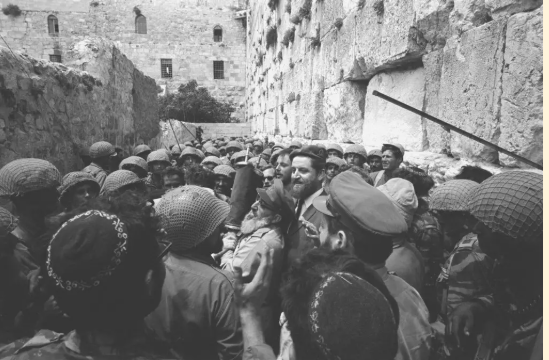
On November
29, 1947, it was decided in the UN Partition Plan that Jerusalem would be under
international control. However, when the War of Independence broke out, both
sides – the Jews and the Arabs – tried to take control of the city. The Arab
forces blocked the passage to Jerusalem to Jews, and cut off the water supply
to the city. Only convoys of armored vehicles succeeded, at a heavy cost in
human lives, in breaking through to the city and bringing supplies to its
residents.
On May 14, 1948, upon the departure of the British from the country, the
Israeli forces began to take over compounds held by the Mandatory government.
On May 18, the Arab Legion reached Jerusalem and entered the Old City. On May
19, a Palmach force managed to enter the Jewish Quarter through Zion Gate and
bring supplies and reinforcements, but on the next day the Arab troops took
control of the Zion Gate area again, and the siege on the Jewish Quarter
resumed. On May 28, the Jewish Quarter fell into the hands of the Jordanians, its
defenders were taken prisoner and its synagogues were demolished. On June 1,
1948, Burma Road was opened, and the siege on Jerusalem began to weaken.
Jerusalem was divided for 19 years; Israel held the western part of the city,
while Jordan held its eastern part, containing the Old City, including the
Temple Mount and the Western Wall. Mount Scopus – the site of Hadassah
Hospital, the Hebrew University and the British military cemetery – remained an
enclave under Israeli control in the eastern part of the city. Israel declared
Jerusalem as its capital and transferred the government institutions to west
Jerusalem.
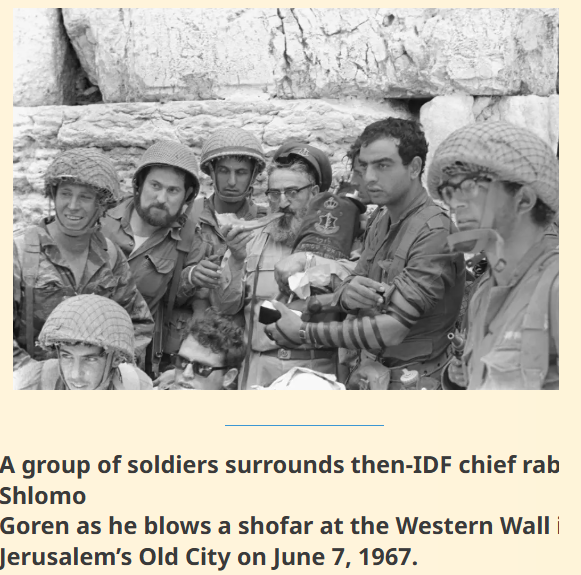
On June 5, 1967, the Six-Day War broke out. The campaign in Jerusalem began
when the Jordanians opened fire in an attempt to penetrate into southern
Jerusalem through the area of the UN headquarters (the former seat of the
British High Commissioner); this campaign lasted for just three days. The
Jordanian offensive was repelled, and in a counter-attack the fighters of the
IDF’s Jerusalem Brigade took control of the UN headquarters building and the
nearby “Naknik” military post, and blocked the Jordanian road to Bethlehem by
capturing the village Sur Baher and the “Paamon” post. This cut off access to
east Jerusalem from the south. At a later stage, fierce battles were waged,
which ended in the takeover of the Arab neighborhood Abu Tor.
The Central
Command, headed at the time by Maj.-Gen. Uzi Narkiss, sent the Harel armored
brigade to the Jerusalem area. The brigade’s troops cut through the Radar Hill and Sheikh Abdul Aziz military
posts, and captured Nabi Samuel and the village of Bidu. On June 6, the Harel
forces reached the Jerusalem-Ramallah road, and stormed Tel al-Ful and Givat
Hamivtar. The Paratroopers Brigade, under the command of Mordechai “Motta” Gur,
advanced to Jerusalem in order to open the road to Mount Scopus, and from there
continued to the Rockefeller Museum, to enable the troops to break through to
the Old City on short notice. The brigade’s fighters breached the city line,
captured the Police Academy and Ammunition Hill, Mandelbaum Gate, the American
Colony and Wadi Joz. The road to Mount Scopus was opened, and the fighters
established contact with the Israeli enclaves on it. On June 7 (the 28th of
Iyar, 5727), the order to liberate the Old City was issued by the IDF General
Staff. The Central Command dispatched the Paratroopers Brigade, and its
soldiers captured the Mount Scopus ridge and the Mount of Olives. A force from
the Paratroopers Brigade entered the Old City from the east, through the Lions’
Gate, took the Old City without encountering further resistance and raised the
Israeli flag over the Western Wall. Here is how those moments were documented
in Moshe Nathan’s book, The War for Jerusalem (Tel Aviv, 1968): “[…] Zamush
[the company commander] took out of his webbing the flag he had received from
the Cohen family before going into battle (the same flag that the elderly Ms.
Cohen had brought 19 years ago from the defeated Jewish Quarter). Less than
three days had passed since he had folded the flag and packed it in his
webbing, but it seemed to him as if it had been through three generations. He
spread out the flag, his hands trembling with excitement, and moved forward on
the roof until the point where it joined with the edge of the Western Wall.
Next to him stood the deputy brigade commander, Moishe, and a few others from
his company. When they reached the iron bar extending over the Western Wall,
Zamush passed by them and tied the flag to two protruding iron spikes. A summer
breeze that suddenly blew over the Wall spread out the flag and lifted it into
the sky. The paratroopers gazed at the flag waving in the wind and their
excitement was so great that they began to relieve it by roaring with joy and
waving their hands. Afterwards they spontaneously formed a column and fired a
volley of gunshots in honor of the flag being raised.”
Israel
Celebrates Victory
The last
phase of the fighting took place along Israel’s northeastern border with Syria.
On June 9, following an intense aerial bombardment, Israeli tanks and infantry
advanced on a heavily fortified region of Syria called the Golan Heights. They
successfully captured the Golan the next day.
On June 10,
1967, a United Nations-brokered ceasefire took effect and the Six-Day War came
to an abrupt end. It was later estimated that some 20,000 Arabs and 800
Israelis had died in just 132 hours of fighting.
The leaders
of the Arab states were left shocked by the severity of their defeat. Egyptian
President Nasser even resigned in disgrace, only to promptly return to office
after Egyptian citizens showed their support with massive street
demonstrations.
In Israel,
the national mood was jubilant. In less than a week, the young nation had
captured the Sinai Peninsula and the Gaza Strip from Egypt, the West Bank and
East Jerusalem from Jordan, and the Golan Heights from Syria.
Legacy
of the Six-Day War
The Six-Day
War had momentous geopolitical consequences in the Middle East. Victory in the
war led to a surge of national pride in Israel, which had tripled in size, but
it also fanned the flames of the Arab-Israeli conflict.
Still
wounded by their defeat in the Six-Day War, Arab leaders met in Khartoum,
Sudan, in August 1967, and signed a resolution that promised “no peace, no
recognition and no negotiation” with Israel.
Led by
Egypt and Syria, the Arab states later launched a fourth major conflict with
Israel during 1973’s Yom Kippur War.
By claiming
the Judea and Smarai and the Gaza Strip, the state of Israel also absorbed over
one million Palestinian Arabs. Several hundred thousand Palestinians later fled
Israeli rule, worsening a refugee crisis that had begun during the First
Arab-Israeli War in 1948 and laying the groundwork for ongoing political
turmoil and violence.
Since 1967,
the lands Israel seized in the Six-Day War have been at the center of efforts
to end the Arab-Israeli conflict.
Israel
returned the Sinai Peninsula to Egypt in 1982 as part of a peace treaty and
then withdrew from the Gaza Strip in 2005, but it has continued to occupy and
settle other territory claimed in the Six-Day War, most notably the Golan
Heights and the West Bank. The status of these territories continues to be a
stumbling block in Arab-Israeli peace negotiations.
